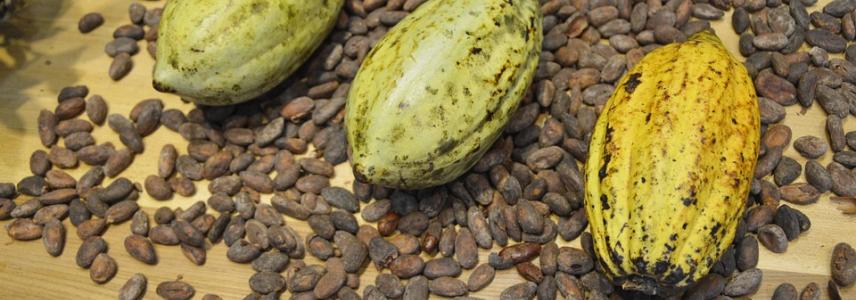Chocolate brand CUNAKakaw brings together sixteen companies from Central America

AMACACAO (Asociation Mesoamericana de Cacao y Chocolate Fino) is a cooperative association that stimulates the production of high-quality cacao beans in southern Mexico, Guatemala, Belize, El Salvador, Honduras and Nicaragua.
Together with CBI, this Central American organisation has started up a chocolate brand called CUNAKakaw. The name translates loosely from Spanish as “cradle for chocolate” because it was from this region that chocolate was first encountered and taken back to Europe. Sixteen companies from these five Central American countries are involved in CUNAKakaw production and to promote the new brand, last year for the first time it was represented in Salon du Chocolat in Paris, France.
Expressing his concern about emerging new forms of agriculture in Central America, CBI expert Jeroen Kruft explains that an increase in the production of Palm oil, in particular, is threatening large swathes of forest. CUNAKakaw, he reasons, will make the production of cacao more attractive for local farmers and dissuade them from switching to less environmentally friendly crops like palm oil. “Cacao production is much more sustainable than crops that are not indigenous to the region. Cacao trees fertilise themselves with the vegetation they shed and need little or no pesticides. Moreover, because they grow to be big trees they enrich the natural environment.”
Speaking from Guatemala City, Juan Francisco Mollinedo, president of CUNAKakaw explains that the nutty flavour of their beans is quite unique. And this uniqueness, he assures, was verified by internationally renowned chocolate experts, Ed Sequine and Darin Sukha, who provided the CBI facilitated training programme for CUNAKakaw. According to Mollinedo the taste and quality of their cacao beans is all thanks to the climate, altitude, soil and the companies’ expertise in fermenting and drying them.